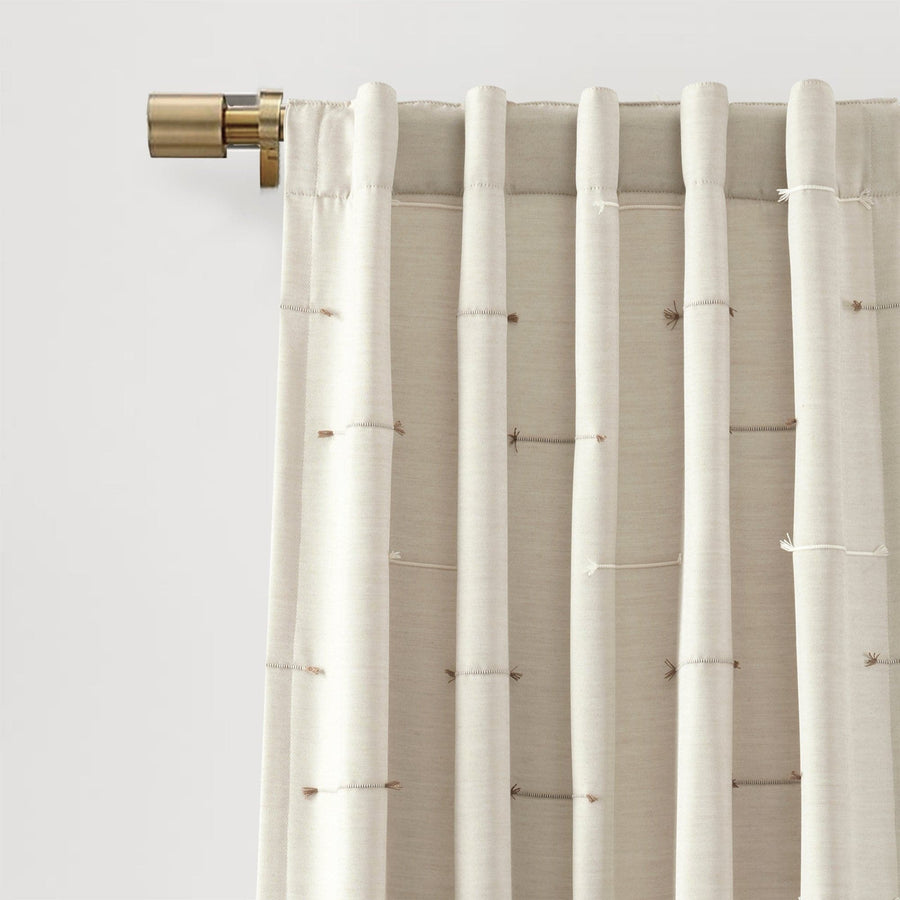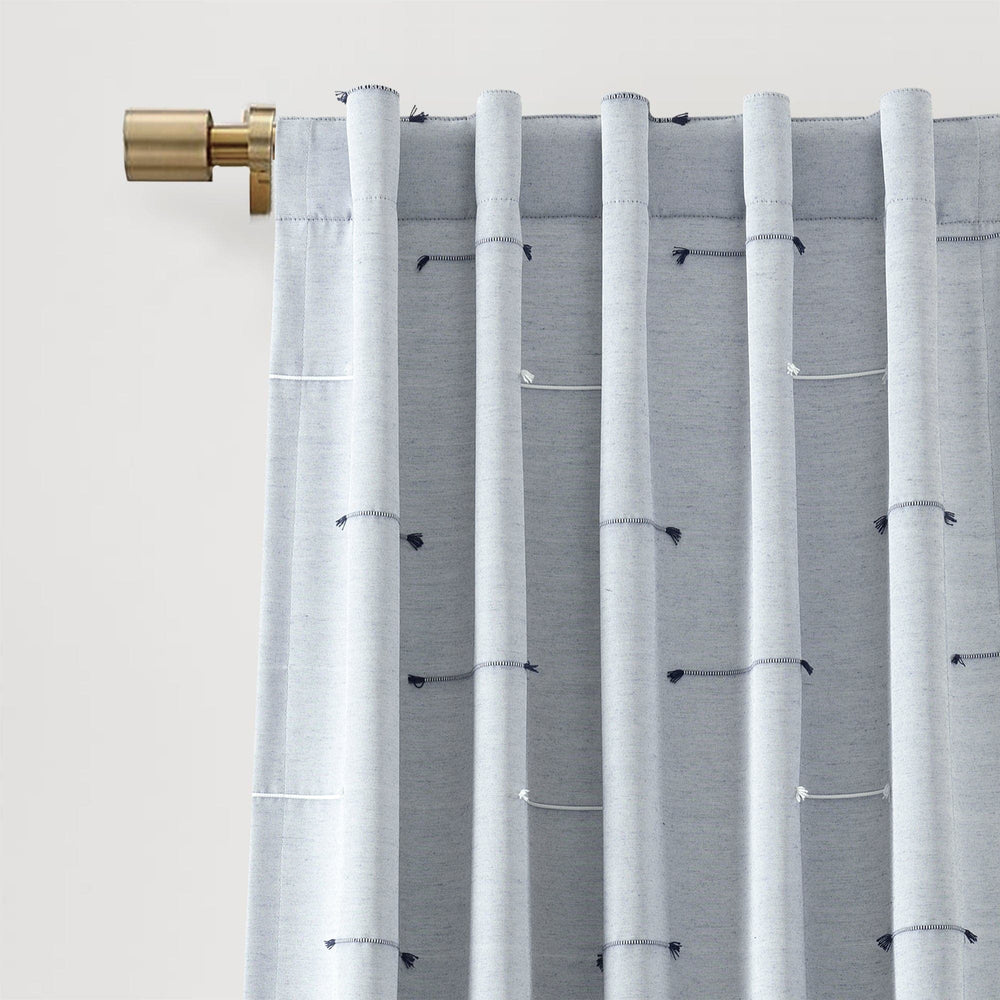Guest Blog: Creating a Safe Environment for Your Baby
The mix of excitement and anxiety is typical for a parent. After all, you want to see your child's growth while ensuring his or her safety. One of those things that make us anxious is whether our babies are sleeping well or not. Babies need a lot of sleep to grow physically and neurologically. And a newborn baby will sleep about 16 hours per day on average. Thus, it is imperative that you create a safe sleeping environment for your child.
Every year, 3,500 infants pass away from sleep-related causes in the United States. And some of the possible reasons are the baby's sleep environment. If you are curious about how you can do it, we have listed eight parenting tips to create a safe sleeping environment for your baby.
Place Your Baby on It's Back
The Canadian Pediatric Society recommends you place your baby on his back when sleeping. You should have a firm mattress and be sure that your crib meets your country's safety standards. The things you should look into when buying a crib are the following:
A well-fitted and firm mattress
The mattress should be covered in fitted crib sheets, nothing loose. The slats should be no more than 2-3/8 inches apart (about the size of a soda can). Whether your baby is sleeping at night or taking a midday nap, you can place him on his back during the first year of life. Moreover, you should not use a rolled-up blanket or anything to support your baby's back, because it could lead to suffocation.
Remove Stuffed Animals and Pillow-like Items
Similar to a rolled-up blanket, you should not place any stuffed animals or pillow-like items in the crib with your baby.According to people at Maid Sailors Maid Service NYC, your baby's crib should be clutter-free as much as possible. No stuffed toys, no pillows, and no cushion whatsoever. These items can also suffocate your baby if left unattended. Moreover, dust, dirt, and grime tend to attach to these items, which can pose health risks to your baby.
Don't Let Your Baby Sleep Just Anywhere
By "anywhere", we mean the sofa, waterbed, or any cushion other than his crib. For one, babies tend to move and eventually can roll over to their stomachs. When they rolled over on a soft surface, like a pillow, it can compress their stomach and lungs, which can lead to suffocation. If they roll over off a sofa, they could injure themselves.
Put the Crib in Your Bedroom
In addition to the previous point, you may want to place your baby's crib in your bedroom. That way, tending for your baby when he cries in the middle of the night will be easier. In fact, we recommend that you share your bedroom during the first six months. But what if your room is too small for a crib? You can use a cradle or a bassinet. Just ensure that it meets your country's safety standards.
Keep the Mobile Out of Reach
A mobile is that cute thing dangling over your baby’s crib. Its purpose is to stimulate his brain function and neural development. However, babies are notorious for grabbing anything that catches their attention. If the mobile is flimsy, it can fall and injure your baby. Some mobiles also have small parts, which can be a choking hazard for the baby.
Here's the thing: Baby's optimum sight ranges from 8 to 12 inches. That said, it would be best to hang the mobile so that the bottom part is about 16 inches above the mattress's surface. You can lower it a bit if your baby seems uninterested. What's important is that it remains out of reach of your child.
Regulate the Room's Temperature
If you want to ensure your baby's comfortable sleep, you should regulate the room's temperature. The recommended temperature is between 68 and 72 degrees Fahrenheit. However, your baby should not be too warm. This means that you should not use comforters or thick covers to cover your child.
A comforter can be too heavy for a baby. If he accidentally covered his face with it, it could cause suffocation. To ensure that your baby is all snuggled up, use a sleeper instead.
Maintain a Smoke-free Bedroom & Nursery
Whether before or after birth, babies who are exposed to smoke have an increased risk of Sudden Infant Death Syndrom (SIDS). SIDS usually occurs when a baby is asleep. The common victims are babies aged one month to one year old. But there are ways to mitigate the risk of SIDS. With SIDS, no explanation can be found for the cause of an infant's death even after a thorough investigation. However, it is believed that second-hand smoking and smoking during pregnancy are some of the causes of SIDS. Thus, it would be best that you maintain a smoke-free environment for your baby. If you want to ensure your baby's safety, you might as well quit smoking.
Breastfeed Before Bedtime
There are studies showing that breastfeeding is also associated with the reduced risk of SIDS. But it is hard to tell why the association exists anyway.
However, here are some theories:
Breastmilk. The human breast milk has hundreds of substances that are believed to be beneficial for the baby. For one, breastfeeding helps unclog a baby's airway without exposing it to allergens present in formula milk.
Maternal Hormones. Breastfeeding induces the brain to release maternal hormones like prolactin and oxytocin. These hormones are believed to be the biological basis of a mother's intuition.
Breathing-Swallowing Coordination. Breastfeeding itself teaches a newborn to coordinate his breathing and swallowing. This keeps a baby's upper airways open, reducing the risk of SIDS. Whenever possible, unless directed otherwise, a baby will benefit most by being breastfed or fed with expressed milk from birth until six months old.
Conclusion
As a parent, it is undeniable that you would want to ensure that your house is safe and secure, especially if you have a newborn. This is why parents baby-proof their home and keep harmful chemicals out of children's reach. But more than that, you should also do all you can to create a safe sleeping environment for your baby.
When parents know that they provide a safe sleep environment for their baby, it gives them peace of mind. And the tips we have listed above can help you achieve that.
Author Bio:
Gia Keasler is passionate about home and lifestyle and believes that a clean home impacts our mental wellbeing and growth. Speaking of well-being, she is also an avid runner and joins various marathons in Indianapolis.












Leave a comment